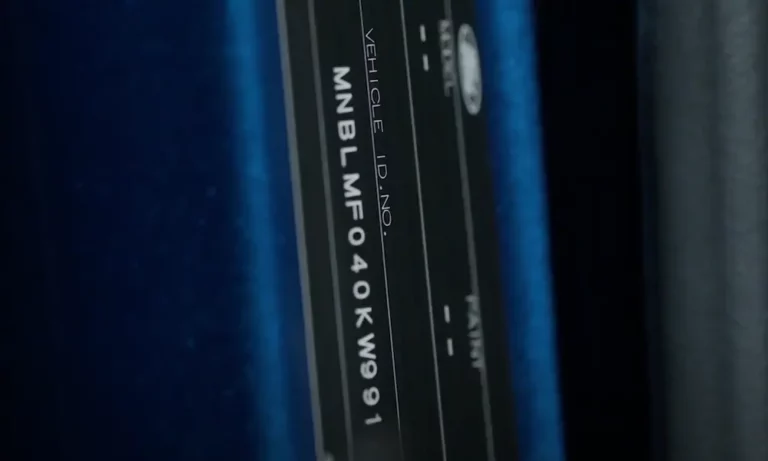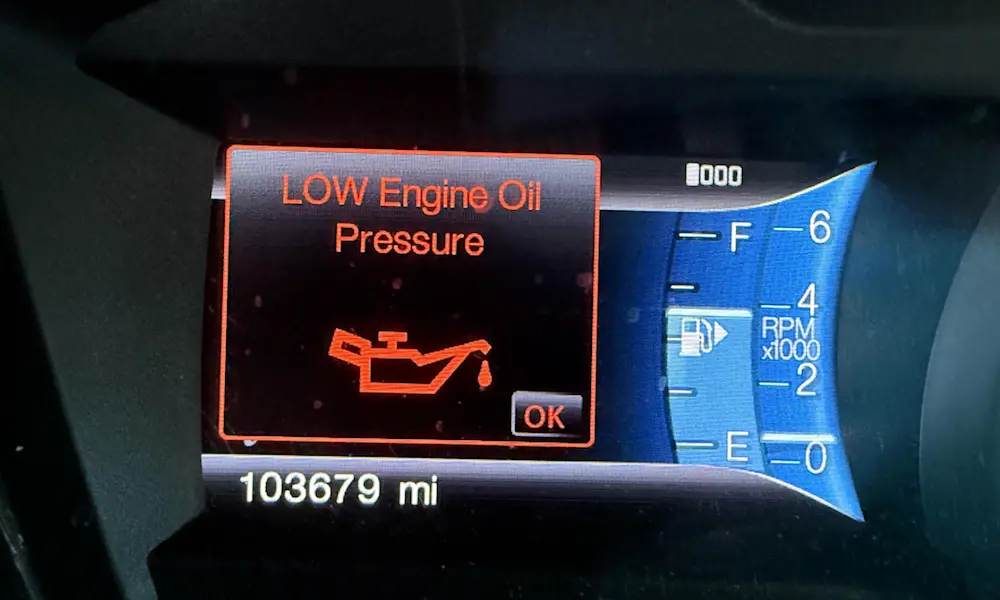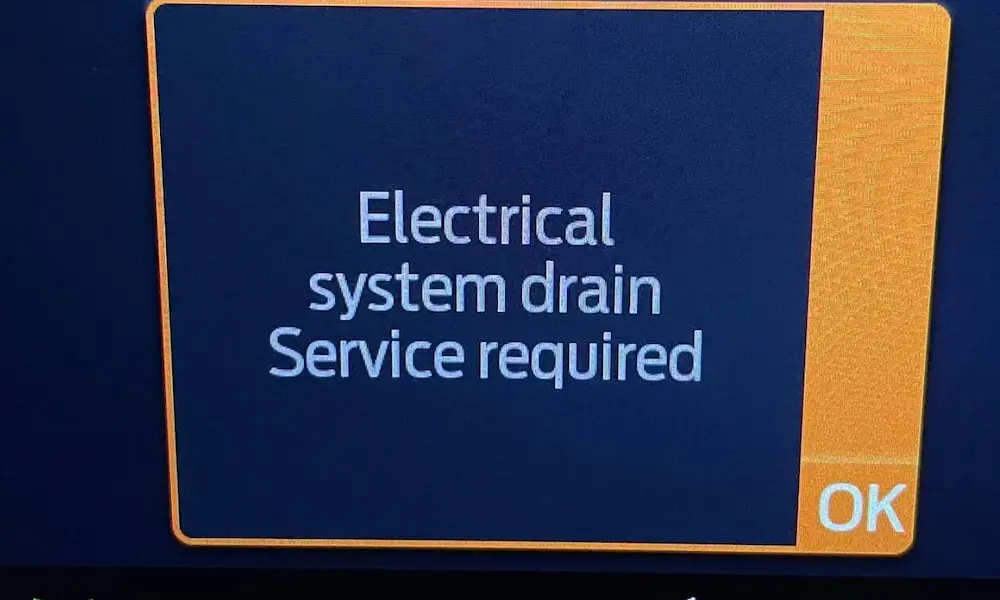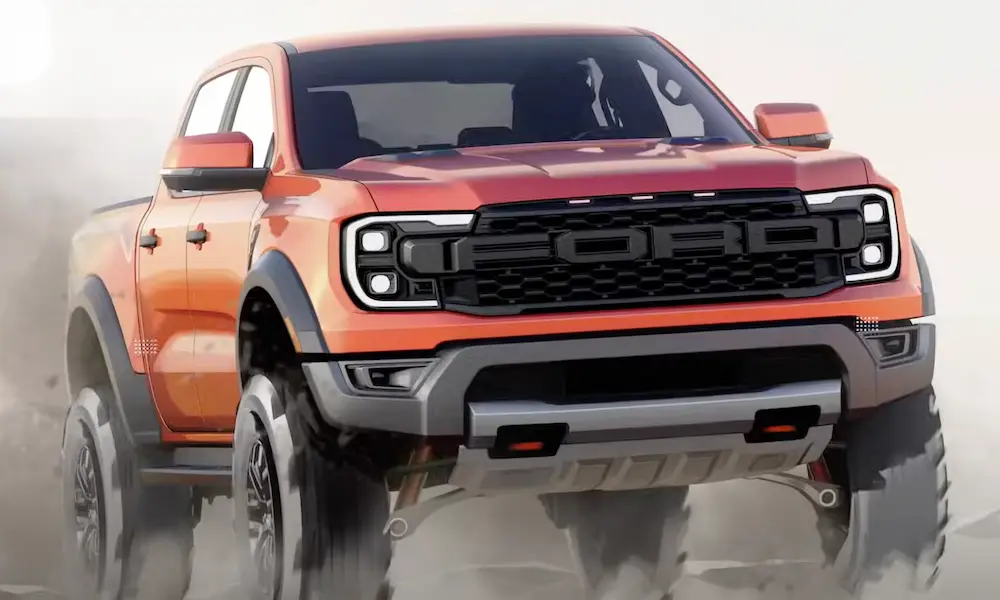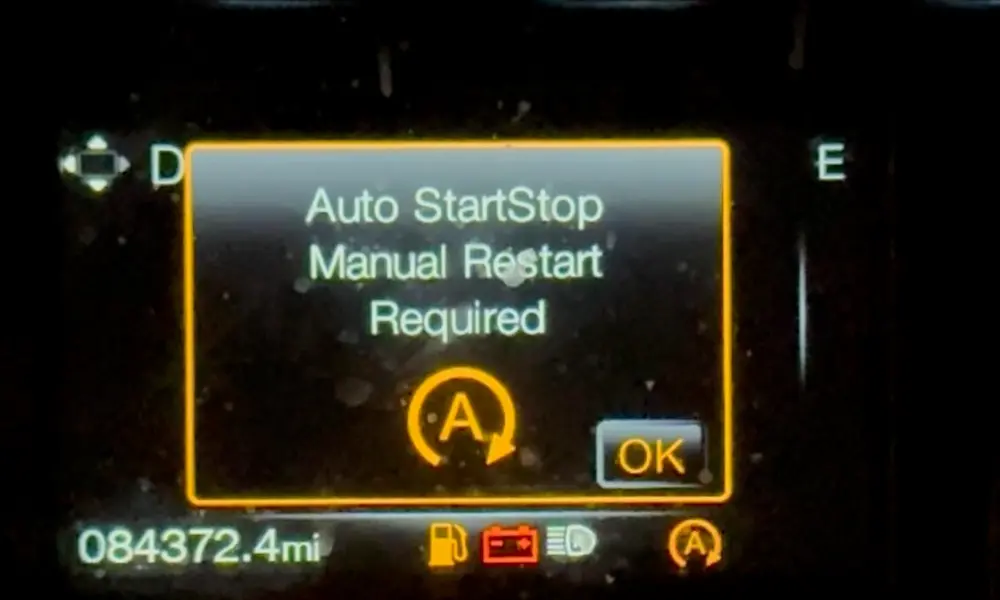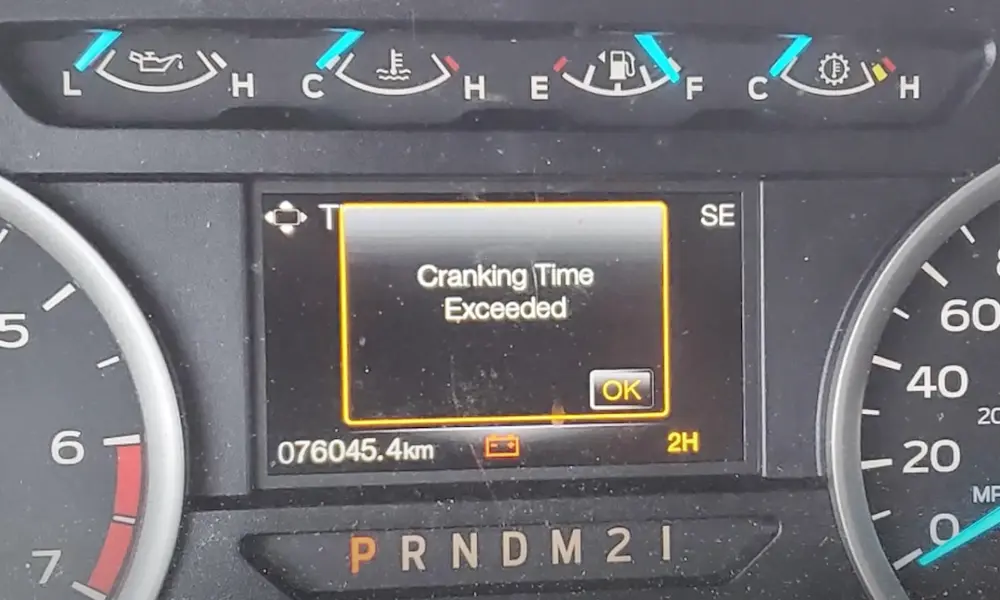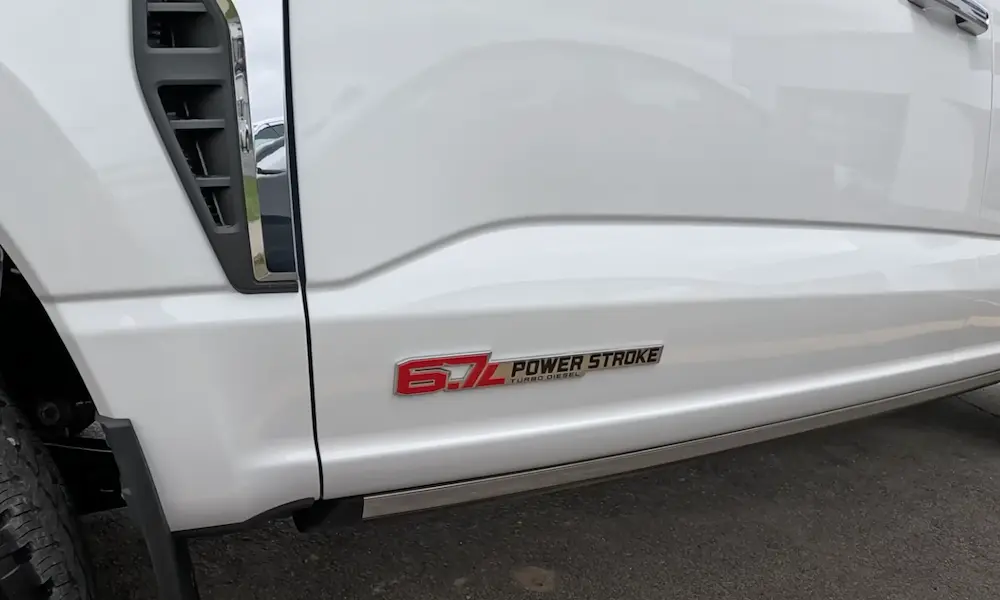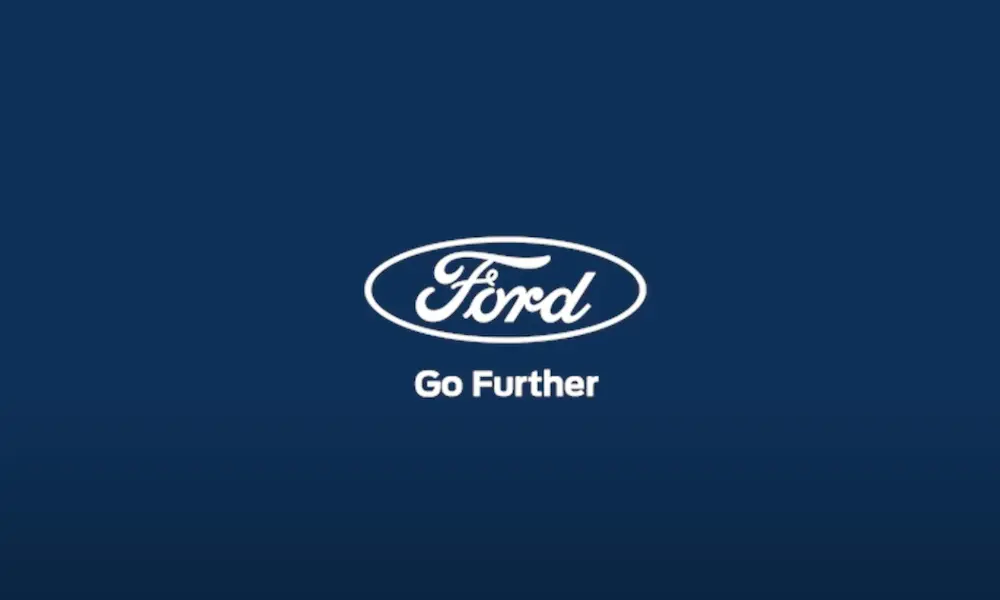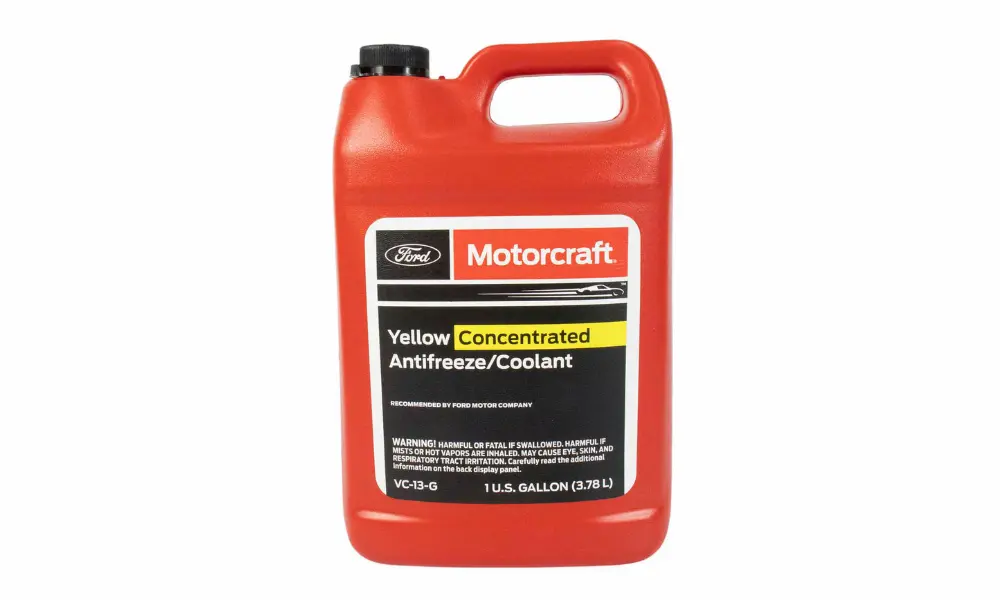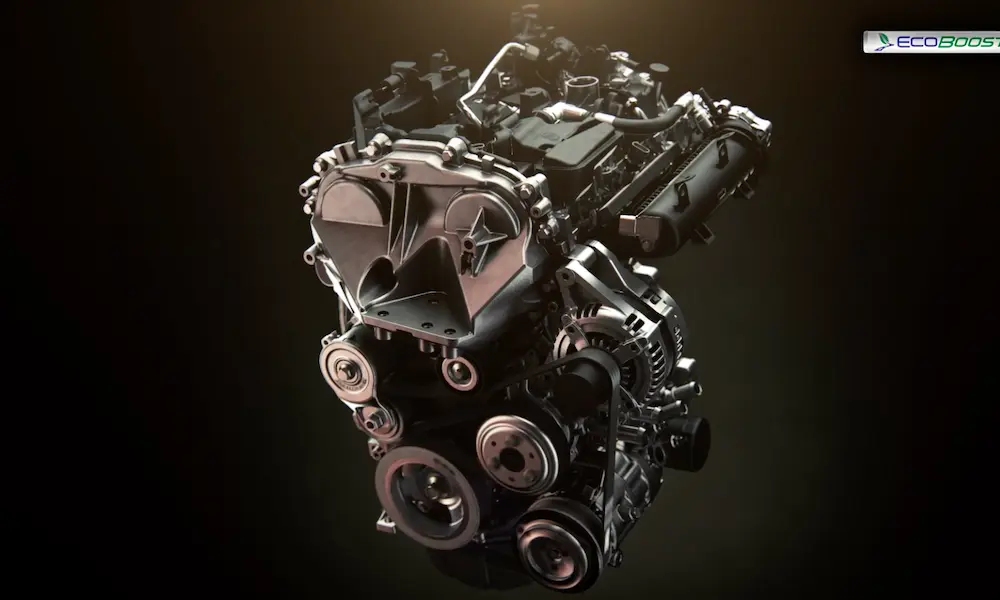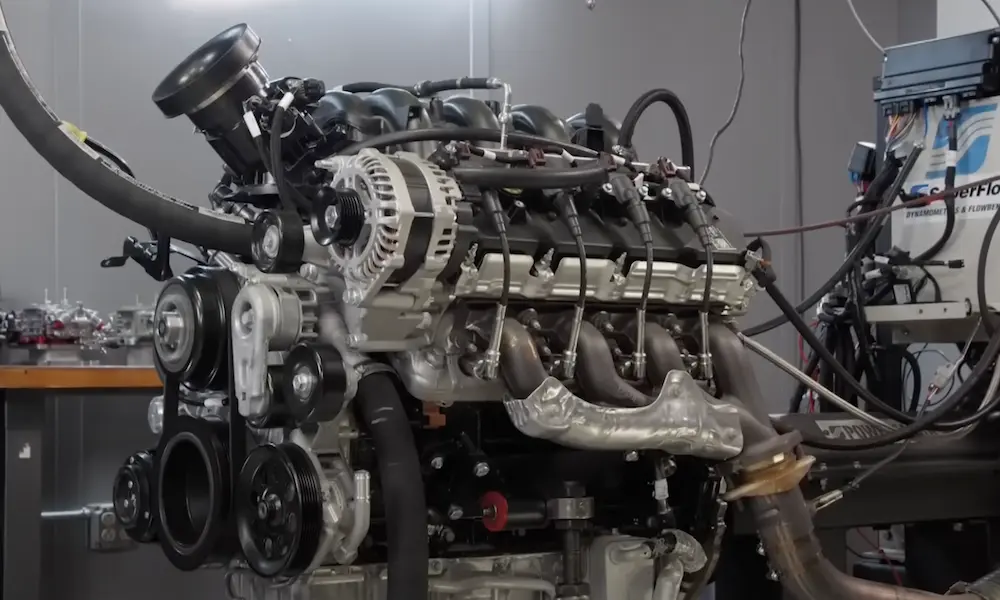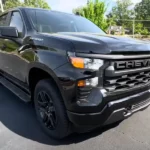Have you ever stared at the mysterious 11-digit code on your classic Ford and wondered what secrets it holds? That string of numbers and letters isn’t just a random identifier—it’s a key that unlocks your vehicle’s unique story. Let’s dive into how you can decode these vintage Ford VINs and discover what your classic ride is really all about.
What Is a Ford 11 Digit VIN?
An 11-digit VIN (Vehicle Identification Number) is what Ford used before the standardized 17-digit system we know today. If your Ford has an 11-digit VIN, you’re looking at a vehicle manufactured between 1965 and 1980. This shorter code still packs in crucial details about your car’s origins and specifications.
Think of your Ford’s 11-digit VIN as its DNA—a code that distinguishes it from every other vehicle on the road. Unlike today’s standardized VINs, these classic codes varied in format, making them fascinating puzzles for classic car enthusiasts.
Why Decode Your Classic Ford’s VIN?
Decoding your Ford 11 digit VIN does more than satisfy curiosity:
- Confirms authenticity: Ensures you have a genuine classic, not a replica
- Guides restoration: Reveals original specifications for accurate rebuilds
- Increases value: Documented originality typically commands higher prices
- Connects to history: Tells you exactly where and when your Ford was born
For collectors and restorers, this information is absolutely essential. The difference between a correct and incorrect restoration can impact your classic Ford’s value by thousands of dollars.
Where to Find Your Ford’s 11 Digit VIN
Before you can decode anything, you need to locate the VIN on your classic Ford. Check these common locations:
- Driver’s side door pillar
- Under the hood near the latch
- Front of the vehicle frame
- Lower corner of the windshield (driver’s side)
- Engine block (partial VIN sometimes stamped here)
If you’re struggling to find it, grab a flashlight and check these spots carefully—sometimes decades of dust can make VINs difficult to read.
Understanding the Ford 11 Digit VIN Structure
Ford’s 11-digit VINs follow specific patterns depending on the vehicle type and year. Let’s break down how they work:
Ford Truck VIN Structure (1973-1979)
| Position | What It Tells You |
|---|---|
| 1-3 | Truck series code (e.g., F10 = F-100 2WD) |
| 4 | Engine code |
| 5 | Model year code |
| 6-7 | Assembly plant code |
| 8-11 | Sequential production number |
For example, in the VIN F10SRW65432:
- F10 = F-100 2WD pickup
- S = 400 CID V8 with 2-barrel carburetor (if 1977-1979)
- R = Assembly plant code
- W = Year code
- 65432 = Production sequence
Ford Car VIN Structure (1965-1980)
The structure for passenger cars varies slightly:
| Position | What It Tells You |
|---|---|
| 1 | Car division (e.g., 5 = Ford) |
| 2 | Series/chassis type |
| 3-4 | Body type |
| 5 | Engine code |
| 6 | Model year code |
| 7-8 | Assembly plant |
| 9-11 | Production sequence |
Decoding the Individual Sections
Model Series Codes (First Digits)
For trucks, common codes include:
- F10: F-100 2WD pickup
- F11: F-100 4WD pickup
- F25: F-250 2WD pickup
- F26: F-250 4WD pickup
For cars, the first digit usually indicates the division:
- 5: Ford
- 6: Mercury
- 7: Lincoln
Engine Codes (Usually 4th or 5th Position)
Some common Ford engine codes include:
- A: 170 CID 6-cylinder
- C: 200 CID 6-cylinder
- F: 302 CID 8-cylinder
- H: 351W CID 8-cylinder
- S: 400 CID 8-cylinder (2-barrel)
Year Codes
Ford used letters to represent model years:
- R: 1973
- S: 1974
- T: 1975
- U: 1976
- V: 1977
- W: 1978
- X: 1979
- Y: 1980
Assembly Plant Codes
These codes tell you where your Ford was born:
- A: Atlanta
- D: Dallas
- F: Dearborn
- G: Chicago
- H: Lorain
- J: Los Angeles
- K: Kansas City
- L: Michigan Truck
- N: Norfolk
- P: Twin Cities
- R: San Jose
- S: Pilot Plant
- T: Oakville
- W: Wayne
- Y: Wixom
- Z: St. Louis
Tools and Resources for Decoding
Official Ford Resources
Ford offers VIN decoding services for vintage vehicles through their customer relationship centers:
- Ford US Customer Relationship Center: Call 1-800-392-3673 or use their online chat service to request a Vehicle Identification Number Decode Letter. This service is particularly helpful for vehicles from 1946 to 1966.
- Ford Canada Customer Relationship Centre: Similar services are available at 1-800-565-3673 for Canadian-built vehicles.
Have your complete VIN and any door tag codes ready when you contact them.
Online Decoders and Forums
Several online resources can help decode your Ford 11 digit VIN:
- Classic Decoder offers specific tools for vintage Ford VINs
- The NHTSA VIN Decoder can provide basic information, though its capabilities for pre-1981 vehicles are limited
- Enthusiast forums like Ford Trucks have threads dedicated to VIN decoding with knowledgeable members
Print Resources
For the most complete information, consider these offline resources:
- Ford Factory Shop Manuals from your vehicle’s era
- “Ford VIN Decoder 1965-1980” by Hollander (out of print but available used)
- “Standard Catalog of Ford” reference books
Special Cases in Ford 11 Digit VIN Decoding
Canadian-Built Fords
Canadian-built Fords sometimes used 13-15 digit VINs rather than 11 digits. If your VIN is longer than expected, you likely have a Canadian-built vehicle. Ford Canada’s Customer Relationship Centre can help decode these.
Pre-1965 Fords
Vehicles built before 1965 used even less standardized formats, with VIN lengths ranging from 5 to 13 digits. If your Ford is this old, you’ll likely need to consult with Ford directly or specialist organizations to decode its identification numbers.
Shelby and Special Models
Specialty models like Shelbys often had their own VIN systems or additional plates. These vehicles might have both a Ford VIN and a secondary Shelby number that provides additional details about their special status.
Common Challenges When Decoding
Many classic Ford owners encounter these challenges:
- Faded or damaged VINs: Years of exposure can make VINs difficult to read
- Missing digits: If parts of the VIN are gone, decoding becomes more difficult
- Replaced components: Body panels or frames with VINs may have been replaced
- Reproduction VIN tags: Some restorations include replacement tags that may not match original specifications
For really difficult cases, consider consulting with a classic Ford specialist or marque expert.
Using Your Decoded VIN Information
Once you’ve successfully decoded your Ford 11 digit VIN, put that information to work:
For Restoration
Use the decoded information to:
- Source correct parts for your specific model
- Verify original paint colors and interior options
- Determine correct engine and drivetrain components
- Authenticate factory options versus aftermarket additions
For Documentation and Value
Create a vehicle history file including:
- Printouts of your VIN decoding results
- Build sheets or window stickers if available
- Service records
- Restoration photos
- Previous ownership information
Well-documented classics typically command higher prices when it’s time to sell.
How VINs Changed After 1980
In 1981, all manufacturers, including Ford, switched to the standardized 17-digit VIN system we use today. This change was mandated by the National Highway Traffic Safety Administration (NHTSA) to create consistency across all vehicles sold in the United States.
The newer 17-digit VINs contain more detailed information and follow a standardized format that includes:
- World Manufacturer Identifier (first 3 digits)
- Vehicle attributes (positions 4-8)
- Check digit for verification (position 9)
- Vehicle year (position 10)
- Plant code (position 11)
- Production sequence (positions 12-17)
This standardization made vehicle identification more reliable and consistent, but enthusiasts still need to understand the older systems for classic vehicles.
The Importance of Accuracy in VIN Decoding
Getting your Ford 11 digit VIN decoding right matters for several reasons:
- Proper registration: Many states require accurate VIN information for classic car registration
- Insurance coverage: Insurers need correct details to properly value and cover your vehicle
- Collectibility: Misidentified vehicles can lead to disappointed buyers and potential legal issues
- Restoration integrity: Incorrect decoding can lead to installing the wrong components
Take your time, verify information from multiple sources, and don’t hesitate to consult experts when you’re uncertain.
Expert Tips for Ford VIN Detectives
- Document everything: Take clear photos of your VIN before attempting any restoration work
- Cross-reference with other numbers: Engine numbers, transmission codes, and rear axle stamps can help verify VIN information
- Check the door data plate: This contains additional codes for paint, trim, and options
- Join marque-specific clubs: These organizations often maintain detailed records and knowledgeable members
- Create a build sheet: Document everything you learn about your vehicle’s original configuration
The detective work involved in decoding your Ford 11 digit VIN is part of the joy of classic car ownership—it connects you directly to your vehicle’s unique history.
Beyond the VIN: Other Important Ford Identification Numbers
Your VIN isn’t the only important number on your classic Ford. Look for these other identification codes:
- Engine number: Usually stamped on the block, helps verify the engine is original to the vehicle
- Transmission codes: Found on the transmission case
- Rear axle codes: Stamped on the differential housing
- Body number: Sometimes found on cowl panels or firewall
- Date codes: Many Ford components have date codes that should align with the vehicle’s build date
These additional numbers help build a complete picture of your classic Ford’s originality and history.
By mastering the Ford 11 digit VIN decoder process, you’ve taken an important step toward understanding your classic vehicle’s true identity. Whether you’re restoring a treasured family heirloom or evaluating a potential purchase, this knowledge helps ensure you’re working with accurate information about your slice of American automotive history.

